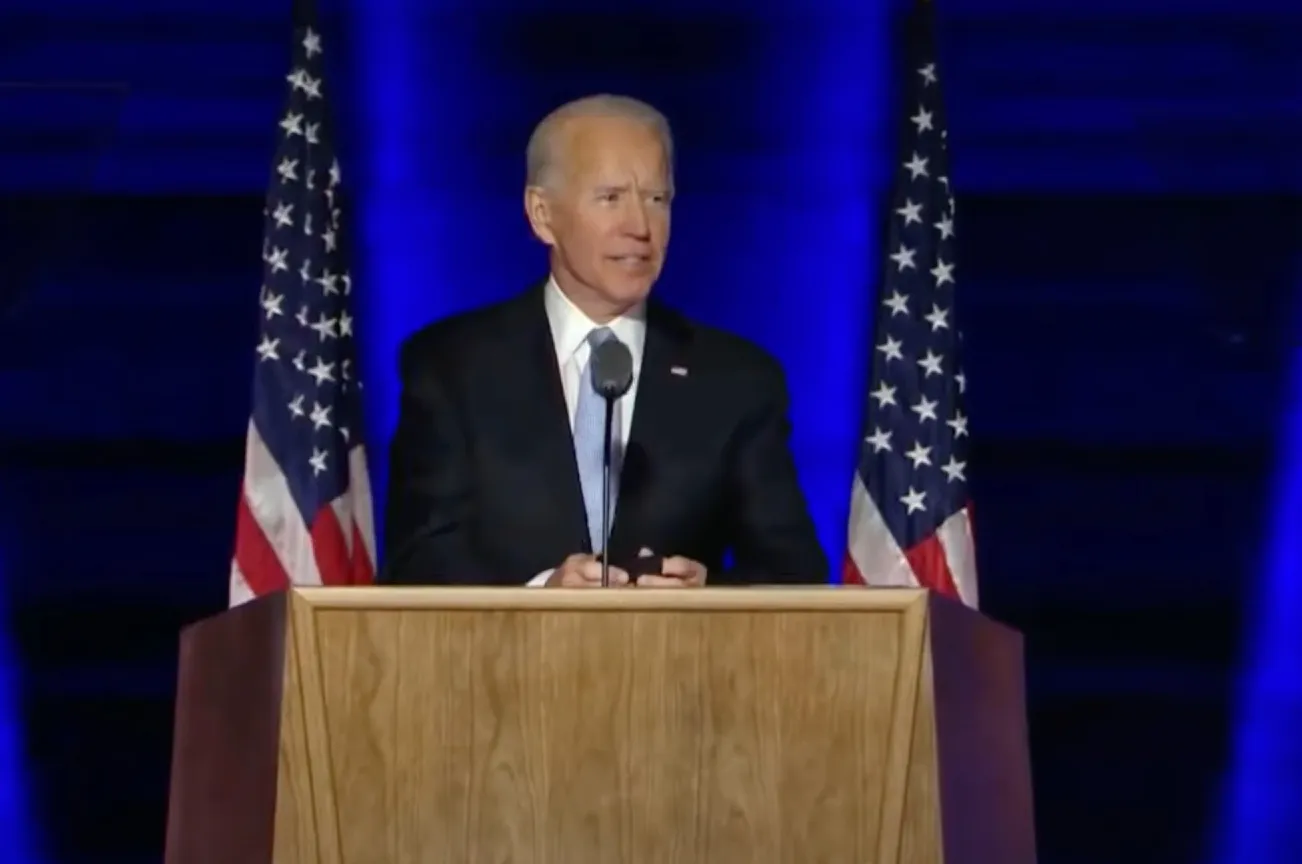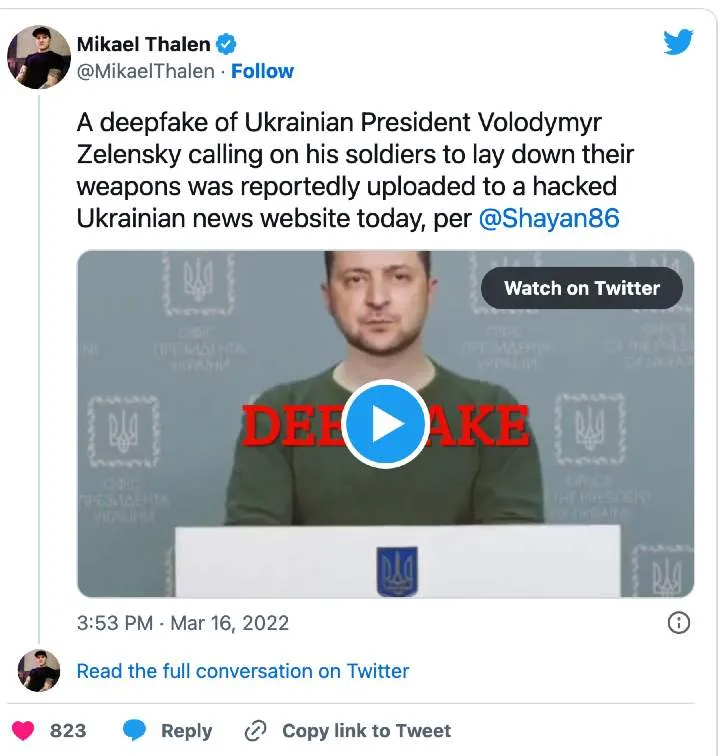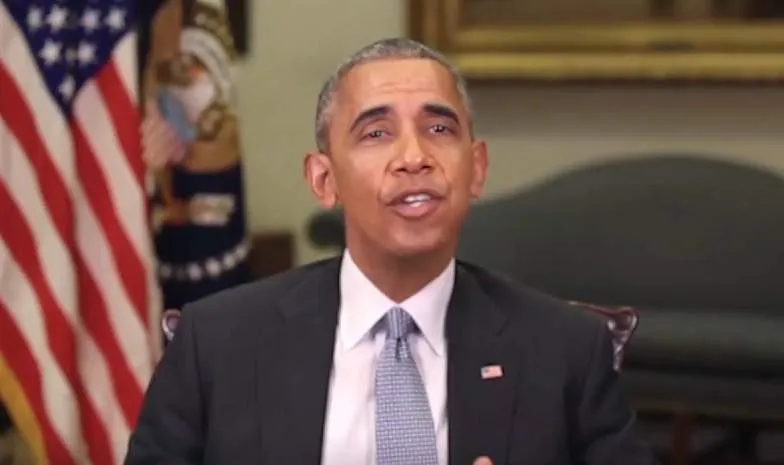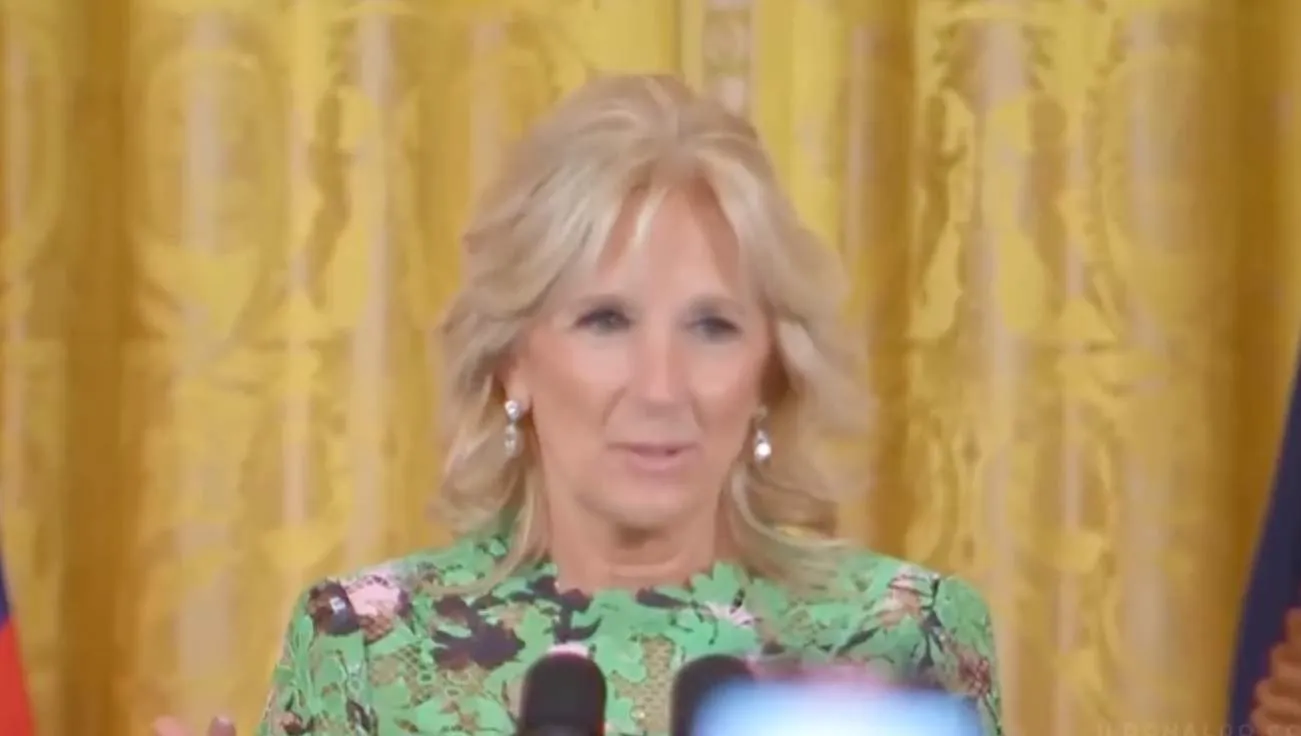Why Deepfakes are a National Security Threat
When US President Joe Biden greeted supporters in 2020, he didn’t really sing the Baby Shark children’s song - despite what you might have seen online. The president’s viral video was actually a deepfake, a video manipulated by artificial intelligence to intentionally misrepresent Biden’s actions and words.

Political deepfakes: the tip of the iceberg?
Likewise, embattled Ukrainian President Volodymyr Zelenskyy did not encourage citizens to surrender to Russia in 2022. Weeks after the fake Zelenskyy video appeared, another deepfake materialized - European politicians were duped into believing they’d spoken to the mayor of Kyiv. Someone who sounded and looked remarkably like Vitali Klitschko video-called the mayors of Berlin, Madrid, and Vienna.
Experts believe the political deepfakes are only the tip of the iceberg in information wars that are already planting questions about whether seeing really is believing: "The next time the president goes on television, some people might think, 'Wait a minute - is this real?' " said Hany Farid, a professor at the University of California, Berkeley who is an expert in digital media forensics.
The threat certainly is real. Anyone can be targeted. Everything can be denied. And we’re just getting started.

Deepfakes: the dark history of disinformation
A deepfake is a type of 'synthetic media' including images, audio, and video that is either manipulated or generated by artificial intelligence (AI).
It’s difficult to pinpoint exactly when deepfakes were invented. Stalin was famous for rewriting history by erasing subjects from photos but the Soviet dictator certainly wasn't alone. In 1990, Adobe introduced a game changer, however. Photoshop allowed amateurs to digitally edit photos, including manipulating images so one person’s face could be put on another person’s body.
By 2014, Apple’s Ian Goodfellow is credited with developing Generative Adversarial Networks, laying the groundwork for manipulated videos known as ‘deepfakes’. Within five years, US Director of National Intelligence Daniel Coates was warning Congress about deepfake images, audio, and video files, but was it too little too late?

Political deepfakes
Buzzfeed’s 2018 deepfake had already lured in millions of viewers - nine million at last count - with a catchy title: You Won't Believe What Obama Says in this Video!
Barack Obama, sitting before the Stars and Stripes, appears to call Donald Trump a ‘dips***’. In reality, the man speaking was Oscar-winning filmmaker Jordan Peele who warned viewers about whether to trust material they encountered online.
It seems not many people heeded Peele’s warning. By 2019, a manipulated video of former US House Speaker Nancy Pelosi was posted on Facebook. Pelosi appeared to be intoxicated and slurred her words. Within days, the viral video had been viewed more than 2.5m times and shared by politicians even though it appeared to be manipulated using artificial intelligence (AI).
The same tactic was used months later in Britain when a video of Labour’s opposition leader Keir Starmer was released by the ruling Conservative Party. In that case, Starmer appeared to be completely stumped by a journalist's questions about Brexit even though the original interview shows Starmer easily answering the questions posed.
"The brand new social experience where you activate your gaming skills as you train like a spy."
- TimeOut
Take on thrilling, high-energy espionage challenges across different game zones.

Accusations of deepfakes shot straight to the top. Some journalists even accused Donald Trump’s team of sharing a doctored video of CNN reporter Jim Acosta. In the White House’s version of the video, Acosta appears to be acting aggressively at a press briefing when an intern tries to take his microphone away.

In a video shared by former Press Secretary Sarah Sanders in 2018 (right), CNN Acosta appears to chop down the arm of a White House intern. In the original video (left), Acosta actually says “Pardon me ma’am,” and his arm moves only in a tussle for the microphone.
Deepfake face and audio swapping
Facial replacement has quickly proliferated on the internet, with deepfake software like FaceSwap and FakeApp offering free downloads. The availability of easy-to-use software coupled with the rise of social media means trusted media companies are now competing for audiences with Facebook, Twitter, and other platforms where deepfakes can easily be shared.

Facebook or Fakebook?
A video of Jill Biden shared on Facebook/Meta in 2022 appears to show the First Lady’s speech interrupted by a young audience member who screams, “Shut the f*** up.” In fact, no interruption is heard in the original footage and none is heard or mentioned in independent news reports or in the official transcript of the event.
Discredited deepfakes don’t seem to deter audiences, however. The proliferation of deepfake content on the Internet is growing at the rate of 400% year on year, according to market analysts.
So what’s next? In the BBC drama The Capture, hackers intercept a televised interview with a British government minister and replace his appearance with a digital deepfake clone who endorses a technology contract with national security implications. The fictional tale may not be so far off the mark.
The future of deepfakes
Tech analysts predict disinformation, foreign interference, fraud, and conspiracy will worsen as digital forgeries become indiscernible from reality. They also expect a rise in deepfake cyber-attacks using AI, fake videos, and psychological manipulation to trick people into giving away sensitive information or harming their personal or professional security.
The Brookings Institute said the technology is also likely to be used in targeted military and intelligence operations.
Nina Schick, the author of Deepfakes: The Coming Infocalypse, called the Zelenskyy fake video “very crude” and “an absolutely terrible face-swap” but warns that deepfakes may soon become unnoticeable to the average eye which could be an even more worrying trend.
"This technology is still nascent, but in a few years' time anyone with a smartphone will be able to produce Hollywood-level special effects at next to no cost, with minimum skill or effort," she said.
Is there a way to fight back?
"Be careful about what information you share,” Schick advises. “Verify your sources. Correct yourself when you get something wrong. Be wary of your own political biases. Be skeptical, but not cynical.”
SPYSCAPE+

Join now to get True Spies episodes early and ad-free every week, plus subscriber-only Debriefs and Q&As to bring you closer to your favorite spies and stories from the show. You’ll also get our exclusive series The Razumov Files and The Great James Bond Car Robbery!


Gadgets & Gifts
Explore a world of secrets together. Navigate through interactive exhibits and missions to discover your spy roles.
Your Spy Skills
We all have valuable spy skills - your mission is to discover yours. See if you have what it takes to be a secret agent, with our authentic spy skills evaluation* developed by a former Head of Training at British Intelligence. It's FREE so share & compare with friends now!
* Find more information about the scientific methods behind the evaluation here.


Stay Connected
Follow us for the latest
TIKTOK
INSTAGRAM
X
FACEBOOK
YOUTUBE